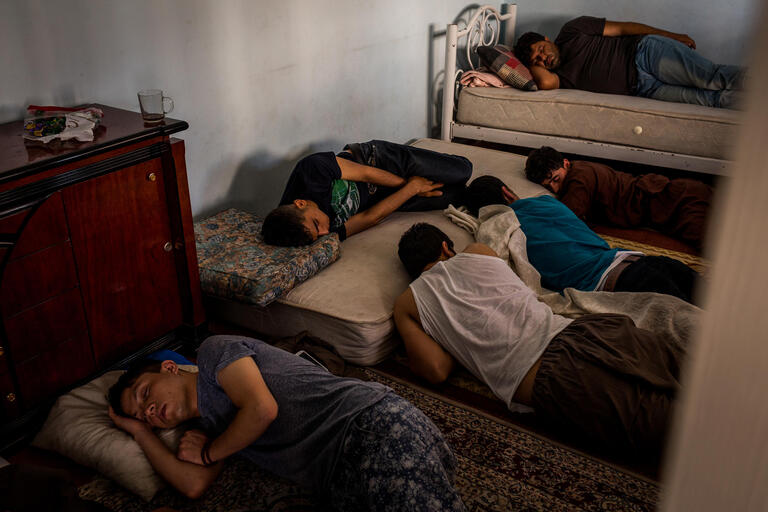First displayed in Berlin and now Geneva, these photos make up a travelling exhibition which is seeking to bring greater exposure amongst public audiences about the scale of the Afghan displacement crisis and also to encourage governments of the need to meet the challenges of responding to it.
The images are a culmination of three years of work by photographer Jim Huylebroek, commissioned by the Norwegian Refugee Council (NRC) in Afghanistan. The photos are a compelling visual legacy of the human stories Jim encountered, preserving moments in time of individuals and families often forced to flee their homes in search of safety, a better life, a home, or simply a roof above them.
For every person depicted here, there are thousands others.



There were also times when I did not pick up my camera. The most memorable event during my journey for this book was during a visit to a settlement for internally displaced people and returnees in Kandahar. Struck by the piercing sound of a mother weeping, I was drawn to find out what had happened. She was waiting for the body of her young son, an army officer, to arrive, so the grieving family would bury him. It was the fourth family member she had lost to the war in only three years. To be present in the moment, I put my camera aside. You will not see a photo of the family in this book, but their pain is shared by many Afghan families and can be seen on many of the faces here.Jim Huylebroek







